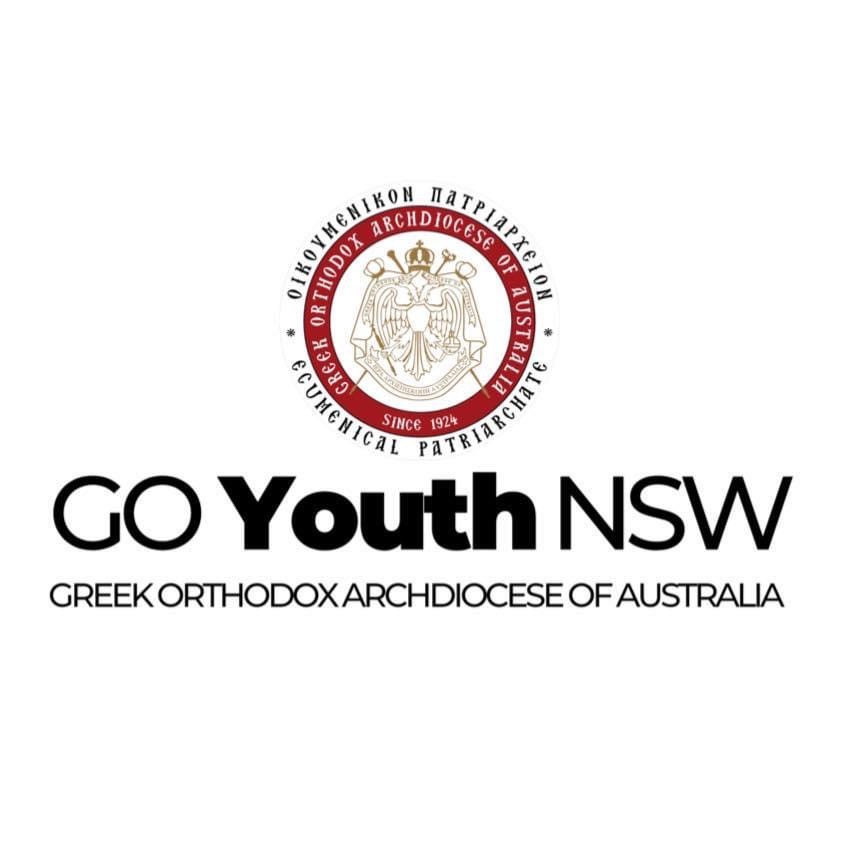The Sign Language of Orthodox Icons | Tradition Explained
- Youth Movement | GO Youth

- Jul 13, 2020
- 3 min read
Orthodox icons are rich in symbolism. If you look closely, you'll notice that Christ and the saints make very particular hand gestures in their depictions. Have you ever wondered why?
It is not uncommon to communicate through hand signals. The 'ok' ring gesture 👌, the peace sign ✌️ or the fingers crossed 🤞 are all modern examples of short hand (pun intended) that we use to communicate a message visually. Of course, the deaf and hard-of-hearing community use sign language as a means of communicating.
In Orthodox icons, each hand gesture has a specific meaning. Don't feel bad if you don't understand these gestures thought - they are 'written' in Greek! The signs we see in our icons come from a classical Greco-Roman tradition of using a complex hand-gesture code. This code was usually used by orators and rhetoricians were giving speeches in the agora or the Senate.
While the ancient Greeks and Romans would have picked up those hand signals, we need some help to decipher what has been lost in time and translation.
The Blessing Hand

In Greek Orthodox iconography, as also in early Christian iconography, the gesture of the blessing hand actually shapes the letters IC XC, an abbreviation for the Greek words Jesus (IHCOYC) Christ (XPICTOC) which includes the first and last letter of each word. The hand that blesses reproduces, with gestures, the Name of Jesus, the “Name above every name.”
In addition to shaping letters, the gesture of blessing made by Christ also conveys doctrinal truths. The three fingers used to spell the I and X also represent the Trinity, the Unity of One God in three Persons, Father, Son and Holy Spirit. The Bringing the thumb and the ring finger together to touch not only forms the letter C, but also symbolises the Incarnation, the union of the divine and human natures in the person of Christ.
However, since this gesture comes from ancient times, it is often associated with classical oratory and means that the speaker is going to say something important, which can also be applicable to all icons of Jesus Christ and His saints.
2. Hand on Heart

The hand-on-heart gesture can be found in the icon of St. Seraphim of Sarov, the icon of St. Reverend Siberian Basilisk, and many other holy icons of saints. It means that the depicted person spent much time in heartfelt prayer to God, which puts them on a par with ancient hermits.
3. Open Palms

Open palms held at chest height have two meanings. The first one is a prayer to God; the second is the acceptance of grace. This gesture can be seen in the religious icon paintings depicting the Righteous Anna, the Mother of the Most Holy Theotokos, the Righteous Forefather Abraham, the Holy Great Martyr Anastasia Romlyanyna, and other saints.
4. One Palm Raise

Those who lived holy and righteous lives are often depicted with a characteristic gesture: an open palm facing the one praying. The palms are open to viewer, to denote sincerity and the absence of secret evil thoughts or feelings in the saint’s heart.
5. Arms Crossed on Chest

This gesture looks like the St. Andrew’s cross and is similar to the one used by Eastern Orthodox Christians when going up to receive Holy Communion. It means repentance, submission, humility and faithfulness to Christ. It also means that the Saint has endured the test. An example of this gesture is this icon of St. Mary of Egypt, whose ascetic life was a feat of repentance.





Comments